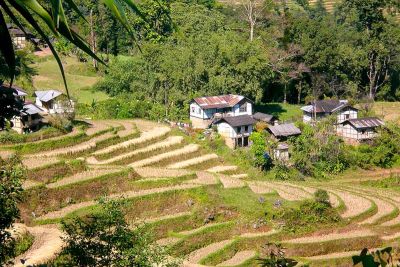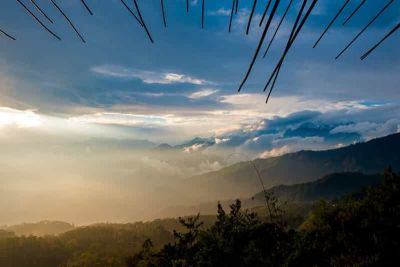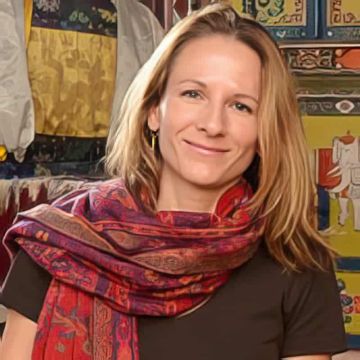Welcome to the Himalayas & Northeast India
– Sikkim.ch | since 1999 –
Sikkim.ch – the portal to the hidden wonders of the Himalayas and Northeast India.
We specialize in tailor-made tours to some of Asia’s most exotic and untouched regions, including Sikkim, Bhutan, Darjeeling and Kalimpong as well as the fascinating states of northeast India such as Assam, Meghalaya, Arunachal Pradesh, Nagaland, Tripura and Manipur.
Our mission is to provide you with authentic and unforgettable travel experiences that go far beyond the ordinary: from breathtaking trekking tours in the Himalayas to cultural experiences in the living traditions of local communities. We place great emphasis on sustainable tourism and work closely with local partners to ensure that our tours are not only beneficial for our guests, but also for the environment and local communities.
Whether you are an adventurer, a culture enthusiast or a nature lover, discover the beauty and magic of these unique regions with us. Let us make your dream trip come true!
Sikkim.ch – the portal to the hidden wonders of the Himalayas and Northeast India.
We specialize in tailor-made tours to some of Asia’s most exotic and untouched regions, including Sikkim, Bhutan, Darjeeling and Kalimpong as well as the fascinating states of northeast India such as Assam, Meghalaya, Arunachal Pradesh, Nagaland, Tripura and Manipur.
Our mission is to provide you with authentic and unforgettable travel experiences that go far beyond the ordinary: from breathtaking trekking tours in the Himalayas to cultural experiences in the living traditions of local communities. We place great emphasis on sustainable tourism and work closely with local partners to ensure that our tours are not only beneficial for our guests, but also for the environment and local communities.
Whether you are an adventurer, a culture enthusiast or a nature lover, discover the beauty and magic of these unique regions with us. Let us make your dream trip come true!
Your tour partner for Sikkim and Northeast India since 1999.
Whether individual / private tours or group trips: All tours can be adapted to your desired time window and accommodation standards. My team and I will advise you personally, very individually and we will make sure that you will experience unforgettable memories. We provide you with qualified tour guides, experienced drivers with comfortable and constantly checked vehicles, as well as hotels and accommodation, carefully selected according to our standards – all comfort factors that we at Sikkim.ch and Terralaya.com have built up and intensively maintained since 1999. High quality service, safety, hygiene, environmental friendliness, cultural reflection, social responsibility and sensitivity are important factors when choosing our hotels and accommodation, especially in more remote regions.



My second home in
northeastern India
Since 1999, Sikkim in the Indian Himalayas has been my second home. Here I helped to set up the Bamboo Retreat Hotel and, together with our local team, enthusiastically launched the travel agency Terralaya Travels with its own tour operator.
I got to know almost every corner of this diverse region between Tibet, the third highest mountain in the world, the Kingdom of Bhutan and the Indian plains – better than almost any other ‘foreigner’. In addition to Sikkim and the surrounding regions of northeastern India, I was also able to get to know Bhutan and a great many destinations through study visits, work assignments, retreats and group tours throughout India. That’s why many see me as something of a bridge between the East and the West, especially in Europe.
And because I was originally also a tourist, I know how much you want to count on a well-coordinated support team, tasty and hygienically prepared meals and well-chosen hotels & clean accommodation when touring in such areas.
Do you have any questions? We look forward to hearing from you.